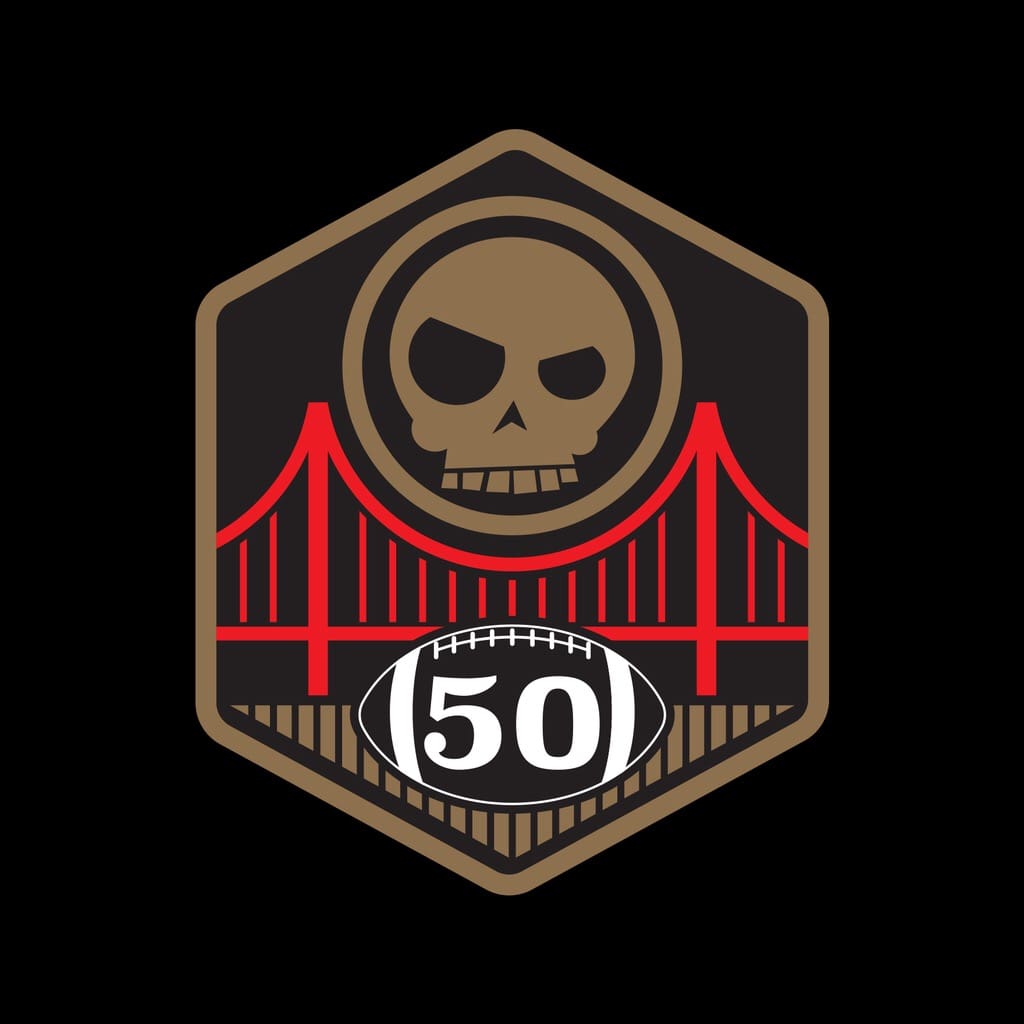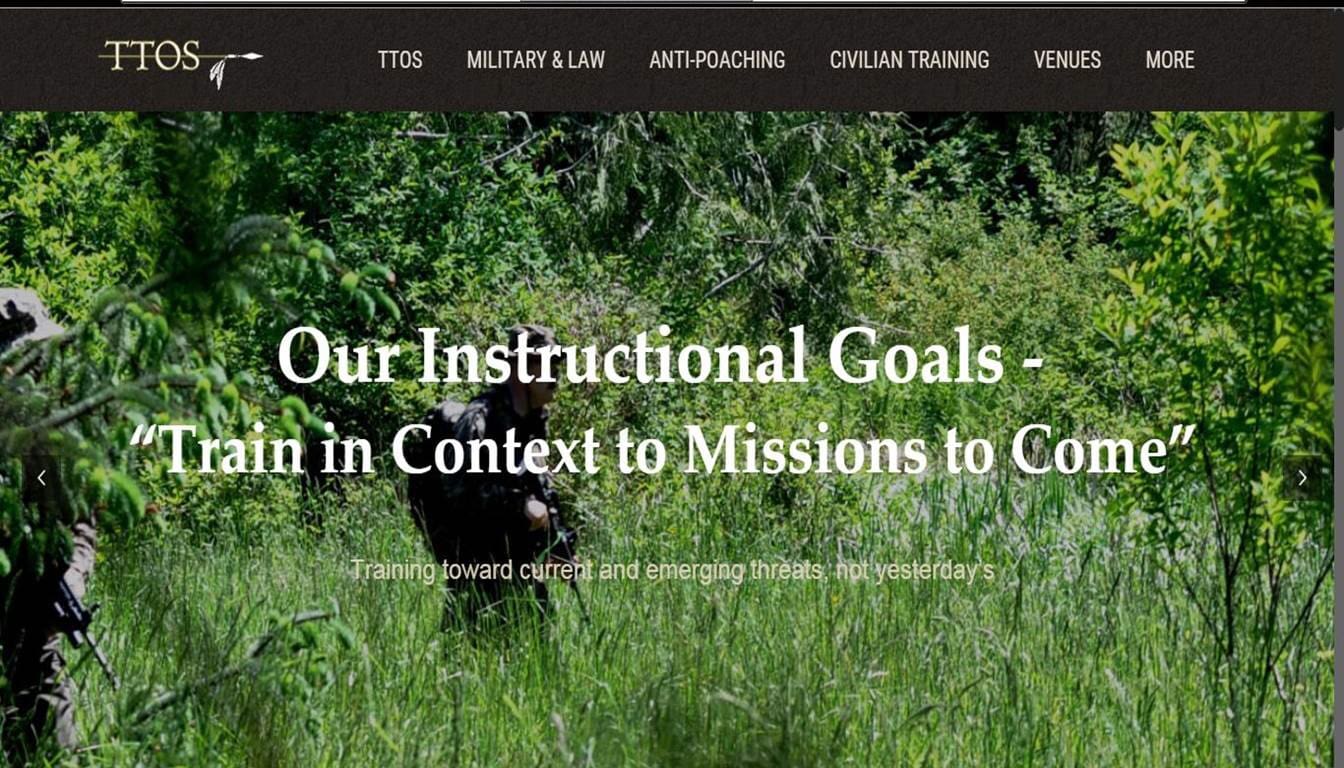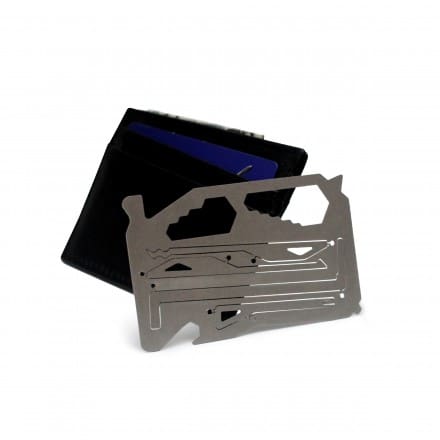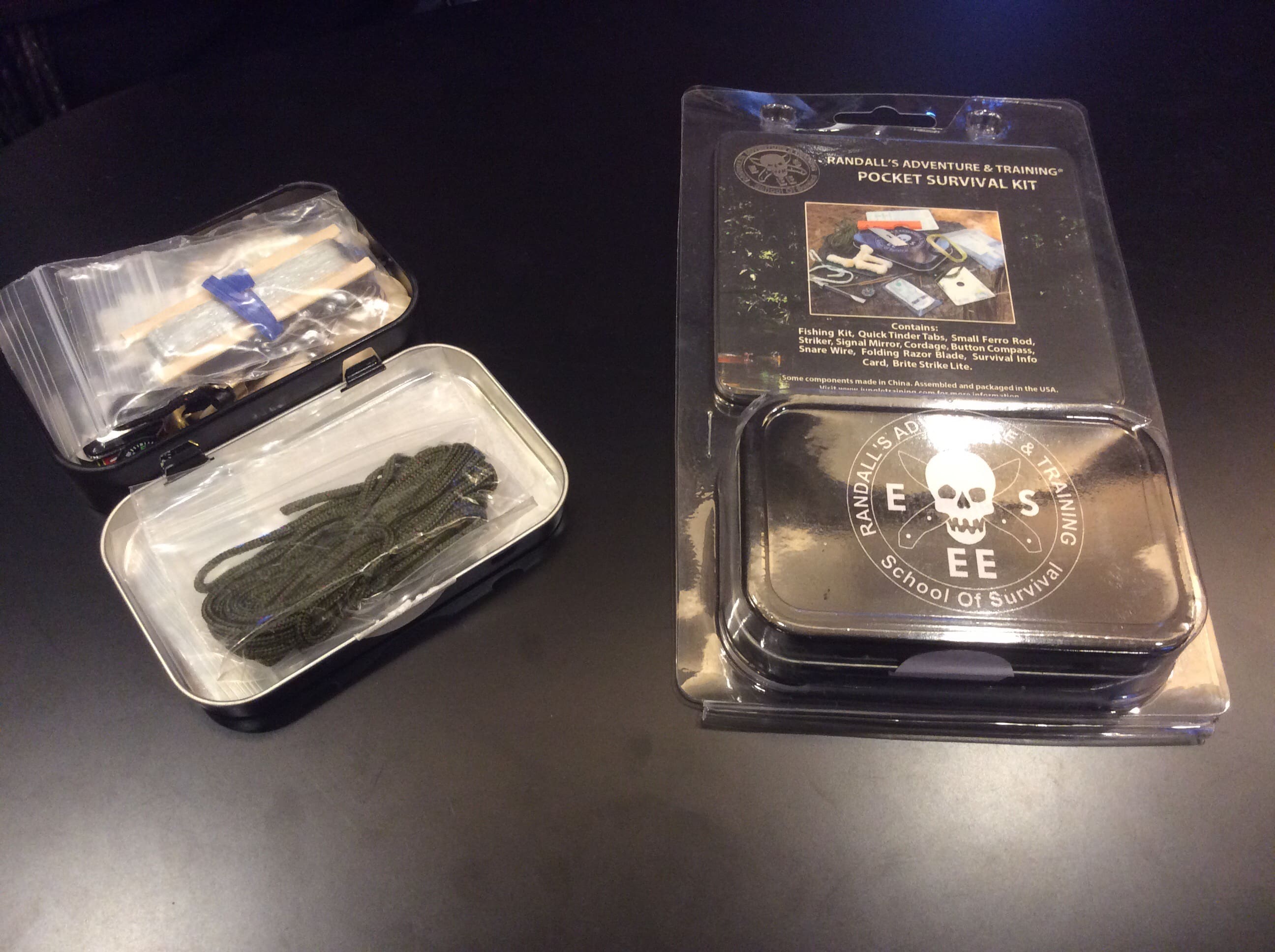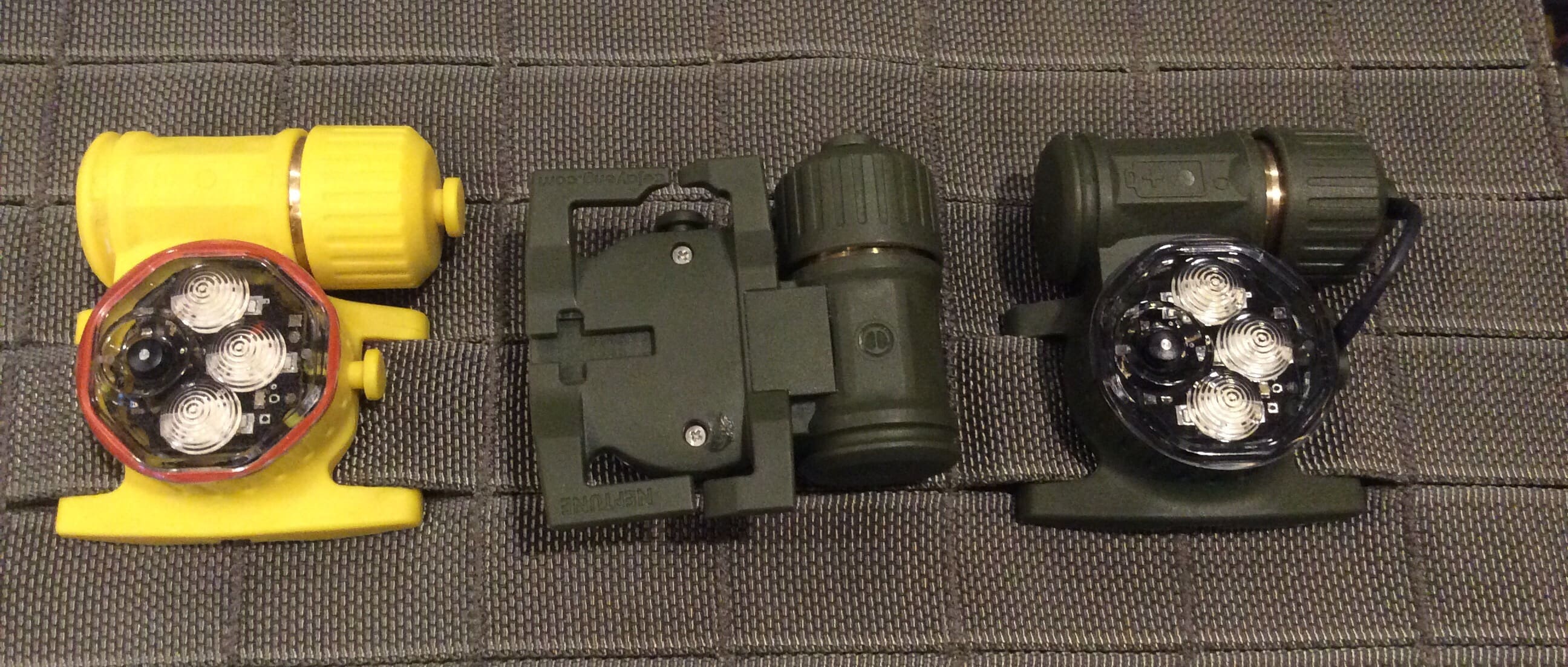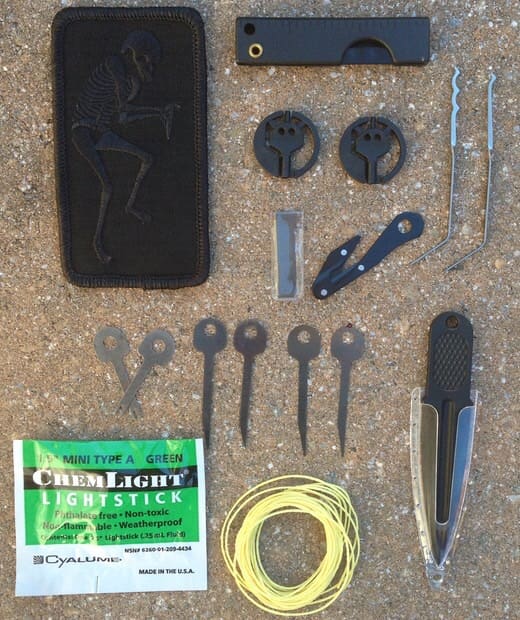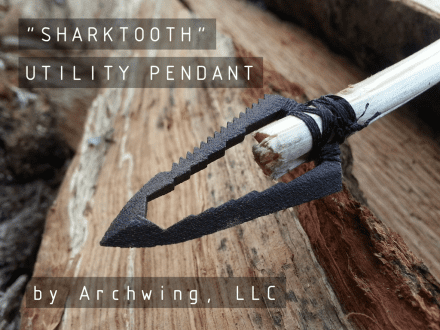Attention all TAD Addicts, they are releasing the SERE Pouch 1 during tomorrow’s drop at 0900 PST.

The SERE Pouch 1 (SP1) is a micro tool roll engineered to provide secure and rapid access to survival, evasion, resistance and escape tools. Using vertical and horizontal compression, small tools can be secured into 5 flexible compartments or a removable micro sheath. They will offer a stand alone pouch or a loaded out version with essential E&E tools.

Deployment Scenarios
The SP1 is capable of providing a secure mobile workspace while still being instantly removable.
-The SP1’s vertical lashing strap is MOLLE compatible, able to be woven through a single column of PALS before being secured around the body of the pouch via an ITW G-Hook.
-To access the contents, unhook the G-Hook, pull down on the horizontal compression strap and unfold the SP1. The pouch will remain attached to the PALS platform in this open position, providing a mobile workspace to contain and organize small tools during use.
-The SP1 may be rapidly detached by unhooking the G-Hook and firmly pulling the pouch away from the PALS webbing.
Escape and Evasion Kit
Outfit your SP1 with the optional Escape and Evasion Kit designed by the experts at SEREPICK, including:
-Titanium Bogota Lockpicks
-Folding Razor Saw
-Miniature Ceramic Razor Blade
-Handcuff Shims (2x)
-Universal Handcuff Keys (2x)
-EZ Decoders (2x)
-Diamond Rod
Dimensions
-Rolled : 2.75” x 4.00” (6.99 cm x 10.16 cm)
-Unrolled : 8.00” x 7.25” (20.32 cm x 18.41 cm)
Features
-Lateral & Vertical Compression Straps
-5 Pockets for SERE Tools
-Micro Sheath with Shock Cord Pull
-Ranger Eye
store.tripleaughtdesign.com/SERE-Pouch-1
Also, don’t miss out on their Super Bowl Sale, honoring San Francisco, the game’s host and their hometown. Savings are up to 20% off on a wide variety of TAD products.

Triple Aught Design has also issued a limited edition patch commemorating Super Bowl 50. You can order it now and it will be delivered in time for the game.
